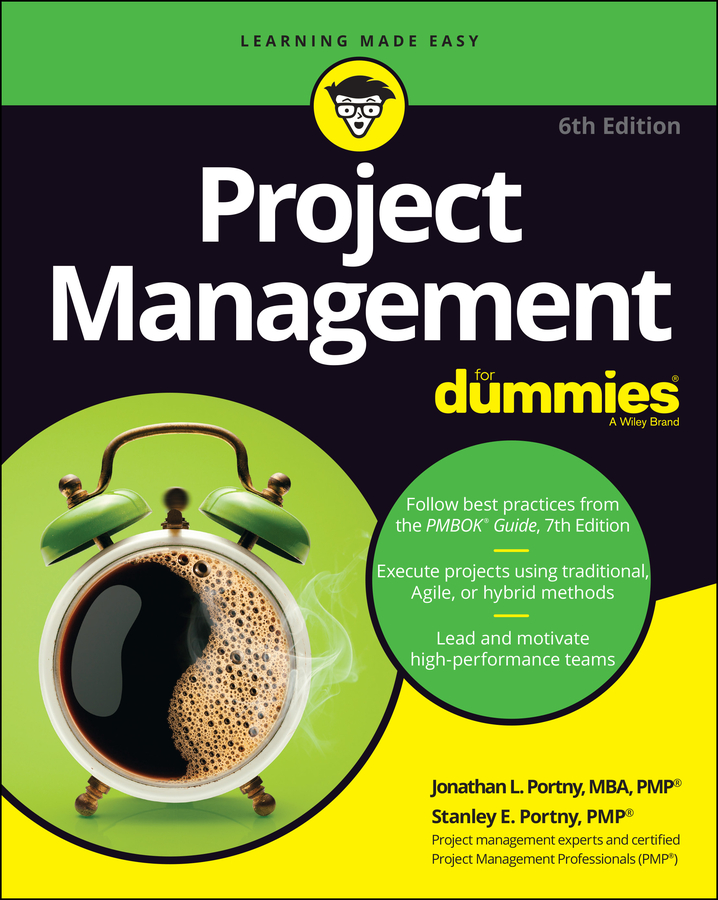Managing a project calls for clear objectives. After all, a project’s outcomes may be the products or services you develop or the results of using these products and services. The more clearly you define your project’s objectives, the more likely you are to achieve them.
Include the following elements in your objectives:
Statement: A brief narrative description of what you want to achieve
Measures: Indicators you’ll use to assess your achievement
Performance specifications: The value(s) of each measure that define success
Sometimes people try to avoid setting a specific target by establishing a range of values that defines successful performance. But setting a range is the same as avoiding the issue. Suppose you’re a sales representative and your boss says you’ll be successful if you achieve $20 million to $25 million in sales for the year. As far as you’re concerned, you’ll be 100 percent successful as soon as you reach $20 million. Most likely, however, your boss will consider you 100 percent successful only when you reach $25 million. Although you and your boss appeared to reach an agreement, you didn’t.
You need to be crystal clear when stating your project’s objectives. The more specific your project objectives are, the greater your chances are of achieving them. Here are some tips for developing clear objectives:
Be brief when describing each objective. If you take an entire page to describe a single objective, most people won’t read it. Even if they do read it, your objective probably won’t be clear and may have multiple interpretations.
Don’t use technical jargon or acronyms. Each industry (such as pharmaceuticals, telecommunications, finance, and insurance) has its own vocabulary, and so does each company within that industry. Within companies, different departments (such as accounting, legal, and information services) also have their own jargons. Because of this proliferation of specialized languages, the same three-letter acronym (TLA) can have two or more meanings in the same organization! To reduce the chances for misunderstandings, express your objectives in language that people of all backgrounds and experiences are familiar with.
Make your objectives SMART, as follows:
Specific: Define your objectives clearly, in detail, with no room for misinterpretation.
Measurable: State the measures and performance specifications you’ll use to determine whether you’ve met your objectives.
Aggressive: Set challenging objectives that encourage people to stretch beyond their comfort zones.
Realistic: Set objectives the project team believes it can achieve.
Time sensitive: Include the date by which you’ll achieve the objectives.
Make your objectives controllable. Make sure that you and your team believe you can influence the success of each objective. If you don’t believe you can, you may not commit 100 percent to achieving it (and most likely you won’t even try). In that case, it becomes a wish, not an objective.
Identify all objectives. Time and resources are always scarce, so if you don’t specify an objective, you won’t (and shouldn’t) work to achieve it.
Be sure drivers and supporters agree on your project’s objectives. When drivers buy into your objectives, you feel confident that achieving the objectives constitutes true project success. When supporters buy into your objectives, you have the greatest chance that people will work their hardest to achieve them.
If drivers don’t agree with your objectives, revise them until they do agree. After all, your drivers’ needs are the whole reason for your project! If supporters don’t buy into your objectives, work with them to identify their concerns and develop approaches they think can work.

